Fall/Summer/Spring Potatoes
AnnyD
13 years ago
Featured Answer
Sort by:Oldest
Comments (16)
soonergrandmom
13 years agolast modified: 9 years agoScottOkieman
13 years agolast modified: 9 years agoRelated Professionals
Doctor Phillips Landscape Contractors · Gallatin Landscape Contractors · Gloucester Landscape Contractors · Hayward Landscape Contractors · Hollywood Landscape Contractors · Mastic Beach Landscape Contractors · Saint Paul Landscape Contractors · Boone Decks, Patios & Outdoor Enclosures · Des Moines Decks, Patios & Outdoor Enclosures · Greeley Decks, Patios & Outdoor Enclosures · Lake Arrowhead Decks, Patios & Outdoor Enclosures · Lenoir Decks, Patios & Outdoor Enclosures · Salisbury Decks, Patios & Outdoor Enclosures · Highland Decks, Patios & Outdoor Enclosures · Scotts Valley Decks, Patios & Outdoor EnclosuresOkiedawn OK Zone 7
13 years agolast modified: 9 years agoelkwc
13 years agolast modified: 9 years agoOkiedawn OK Zone 7
13 years agolast modified: 9 years agosoonergrandmom
13 years agolast modified: 9 years agoseedmama
13 years agolast modified: 9 years agoOkiedawn OK Zone 7
13 years agolast modified: 9 years agojanimals
12 years agolast modified: 9 years agomulberryknob
12 years agolast modified: 9 years agosoonergrandmom
12 years agolast modified: 9 years agomulberryknob
12 years agolast modified: 9 years agosoonergrandmom
12 years agolast modified: 9 years agomulberryknob
12 years agolast modified: 9 years agosoonergrandmom
12 years agolast modified: 9 years ago
Related Stories

COOL-SEASON CROPSCool-Season Vegetables: How to Grow Potatoes
This ever-popular tuber is a stalwart in spring and fall gardens and a staple in kitchens everywhere
Full Story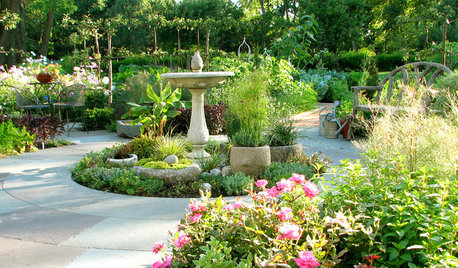
GARDENING GUIDESAfter-Summer Care for a Fabulous Fall Garden
Cleaning out stragglers and taking time to assess will keep your garden thriving all through autumn
Full Story
GARDENING GUIDES6 Unsung Bulbs for Fall Planting
Don't hang up your spade after summer — plant these unusual bulbs in fall for a spectacular spring show
Full Story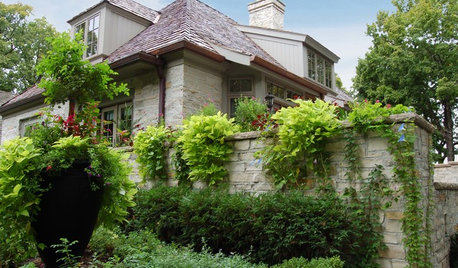
FOLIAGEGreat Design Plant: Ornamental Sweet Potato Vine
Versatile, fast growing, inexpensive and easy on the eyes, ornamental sweet potato vine has it all
Full Story
LIFEFall Planning for a Successful Big Spring Party
Get started now on assessing, completing home projects and cleaning to keep party stress and effort to a minimum come spring
Full Story
SPRING GARDENINGSummer Crops: How to Grow Strawberries
Pluck your own sweet strawberries right from the garden vine for smoothies, salads or eating then and there
Full Story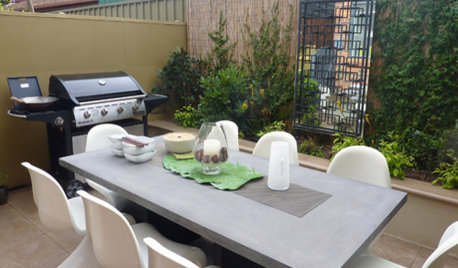
GARDENING AND LANDSCAPINGYour Spring and Summer Party Checklist
12 ways to get your patio ready for warm-season fun
Full Story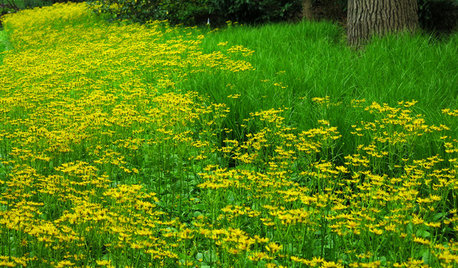
FALL GARDENING5 Native Early-Spring Bloomers to Plant This Fall
Think beyond tulips and daffodils this year with plants that you and native pollinators will love
Full Story
SPRING GARDENINGInspiring Raised Beds for Fall and Spring Planting
Make Your Next Vegetable Garden Even Better with Beautiful Boxes and Paths
Full Story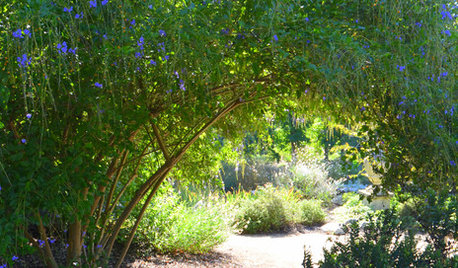
FLOWERS AND PLANTSHeat-Loving Duranta Erecta Blooms From Spring Into Early Fall
Golden dewdrops, a versatile tropical shrub, has delicate purple and white blossoms
Full StoryMore Discussions






elkwc